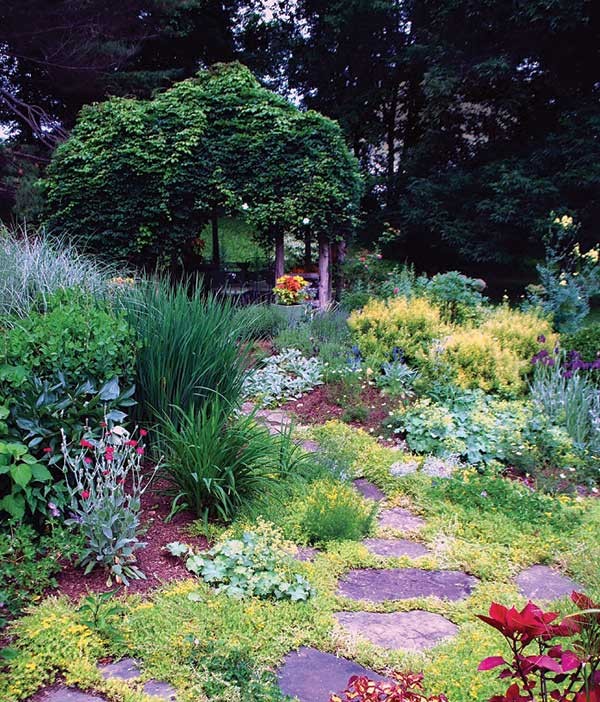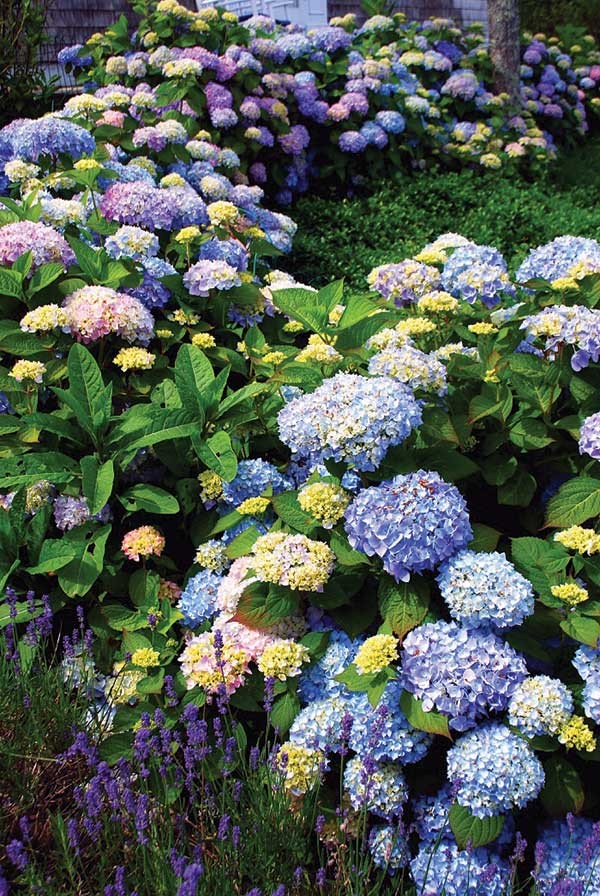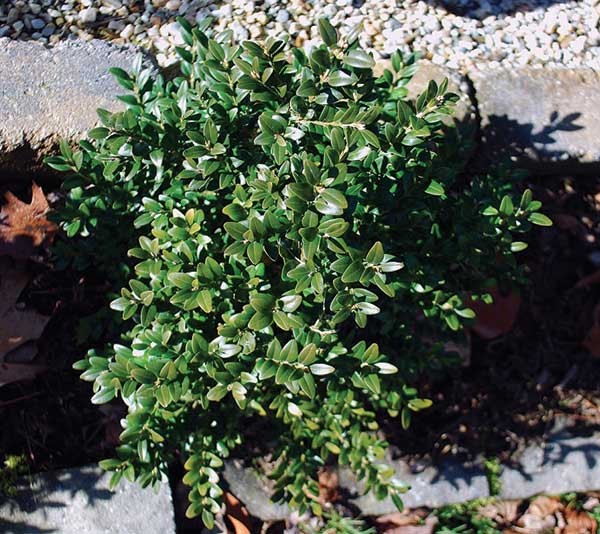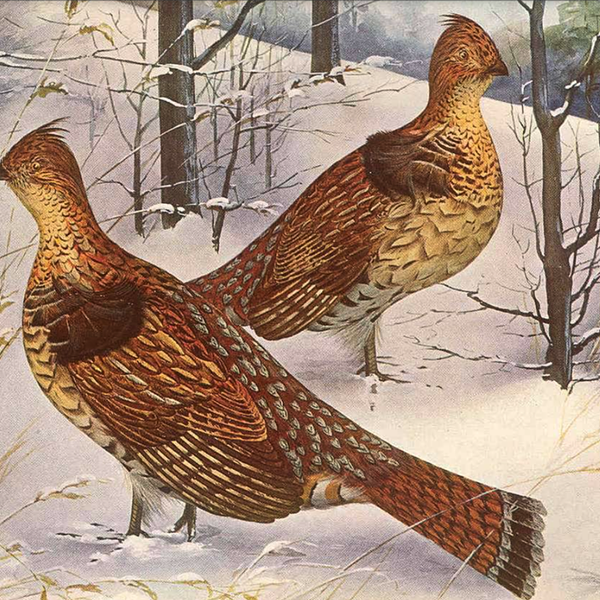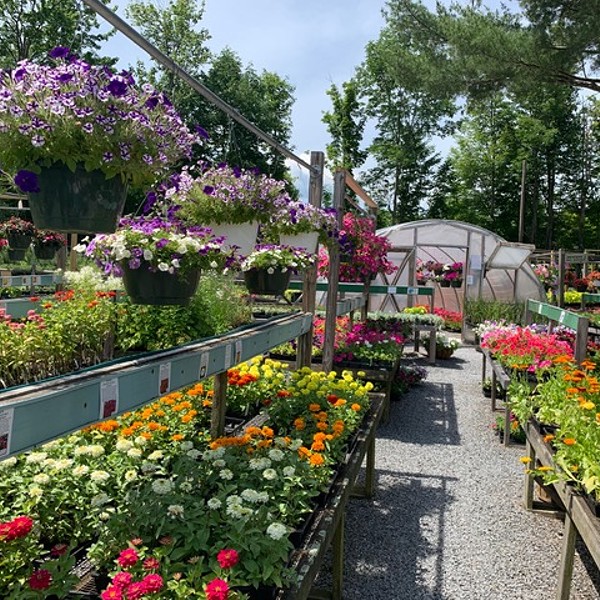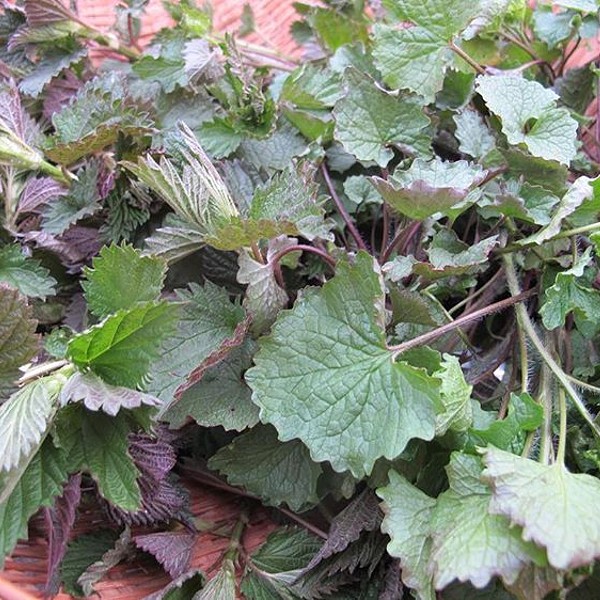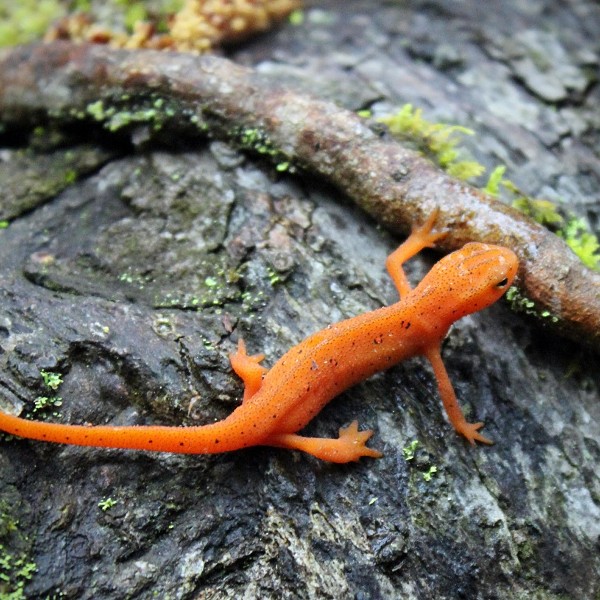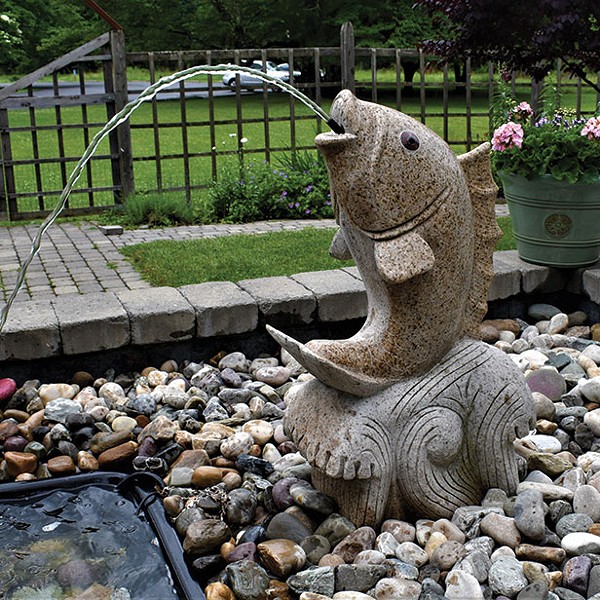For those horticulture questions that come up most often, I have 60 seconds of advice at the ready. There isn't always time to "deep dive" into a topic, and succinct responses are the ones best remembered. Here is some of my "Frequently Asked," followed by those of esteemed and gifted colleagues. We hear from Adams Fairacre Farms Nursery Manager Randy Padgett; Keith Buesing of Coral Acres/Keith Buesing Topiary, Landscape Design, and Rock Art; and Gardensmith Design owner Teri Condon.
How much topsoil do I need?
The word "topsoil" is a meaningless designation—anyone can market anything as "topsoil." It says nothing about texture or fertility. Buy compost instead. Talk to people who have used the bulk or bagged product you are thinking about using.
My bank is covered in crown vetch (or goutweed, or chameleon plant). How do I get rid of it so I can put in some nice gardens?
This is a Sisyphean task. These invasive plants are covering the bank because soil insists on being covered and these groundcovers do it exceptionally well. Embrace them. Mow walking paths through them if you want, and add garden statues as focal points. Pretend you meant to do this all along. I suggest putting your energy into another part of your property that's not yet covered in invasive plants.
Why is this tree in my yard failing?
Are the tree roots getting compacted by foot or vehicle traffic? Is the tree in a very extensive mulched bed and do you water it in dry times? Mulch to the edge of the canopy and beyond, as tree roots grow well beyond it.
How much fertilizer do I need to green up these shrubs?
Water is the best fertilizer. Try watering deeply first. I have found that, eight or nine times out of ten, that's what pale-looking shrubs really need.
Do deer repellents work?
They do, but some work better than others, and you have to vigilantly reapply during peak browsing times. Some people recommend switching up brands so the deer don't get used to one product.
How much money will I save growing my own vegetables?
You won't, at least not for many years. Grow for other reasons, like freshness and the satisfaction of it, and a means of connecting with other people. Try not to buy too many garden gadgets and knick-knacks. You only need a few quality tools: shovel, hand pruners, a folding hand saw, and a trug for carrying stuff.
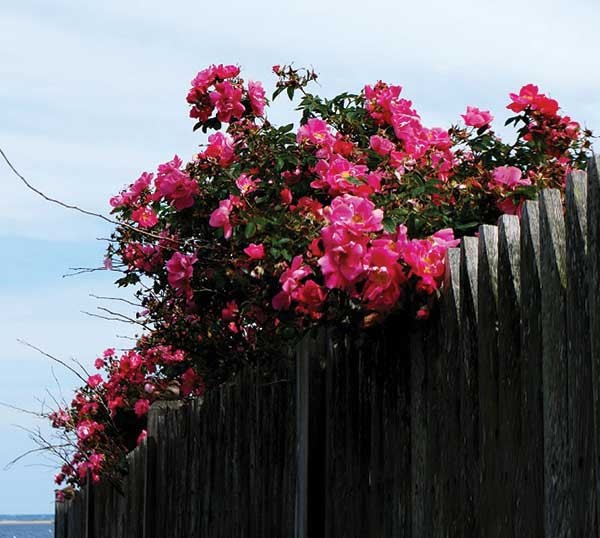
From Randy Padgett:
How do I prune my roses in the spring?
First cut all the dead canes to the ground, then remove all diseased or damaged canes and any canes that cross each other (where they rub together), then cut the remaining canes by one-third to one-half of total length.
How do I change the color of my hydrangea?
It depends on the type of hydrangea you have. With some species, you cannot change the color. If you determine you have the correct species of hydrangea, the color will depend on the acidity of your soil. To make the blooms blue, you will have to add aluminum sulphate to the soil to lower the pH. At lower pH levels, the availability of aluminum ions in the soil increases, and this is what will turn the flowers blue. To turn the flowers pink, increase the pH of the soil with lime.
How often should I be watering my newly planted tree or shrub?
On average you should be watering two to three times a week with a good deep soak. An open-ended hose at a slow trickle will allow the water to soak in slowly and not run off. The time you leave the hose trickling will be determined by the size of the plant that you've installed. For example, a 15-gallon [container] tree would require a 15-to-20-minute soak. Be careful not to overwater if it's been raining a lot. The best way to determine if a plant needs to be watered is to stick your finger in the soil next to the rootball; if the soil is moist, wait another day or two and check it again.
Why are my evergreens dropping so many needles in the fall?
What you are seeing is normal. Some evergreens, like white pines, lose a lot of needles in the fall. It's a way for the plants to naturally mulch themselves, and as the needles decompose they add organic matter back into the soil.
From Keith Buesing:
Isn't it too late in the season (or too cold) to plant? (I get this question a lot after October.)
Any plant in a ball or pot will always be happier in the ground. As long as the ground isn't too frozen to physically dig a hole, you can plant year round.
When's the best time to dig a plant out of the ground?
Usually it's best to dig when the plant is dormant, temperatures are cooler, and the ground is moist—so between mid-October and mid-April. If you must transplant during the growing season, you must be more attentive to watering, and some judicious pruning of new growth would be in order to lighten the demand on the newly cut roots.
When's the best time to trim?
When your shears are sharp.
Shouldn't it be planted deeper than that?
A common misconception is that a plant needs to be planted deeply—but that can cause a number of problems, including oxygen deprivation to the roots. Ideally, the top of the rootball should be at, or even a little higher than, the ground level.
Can you prune the leader shoots of pines or other evergreens?
You can keep any evergreen whatever height you want or slow its growth by topping it and shaping it, thereby encouraging much more fullness. Every spruce, pine, fir, etc. that you see in a nursery, or any Christmas tree, has been topped at least a couple of times in its life.
From Teri Condon:
Should we put weed barrier down so we don't have to weed?
Definitely not. Weed barrier actually starves the soil of nutrients from the mulch as the mulch breaks down. It also doesn't allow water to get to the soil as easily. But most important, as the mulch breaks down and weed seeds blow in, they will grow on top of the weed barrier, attaching themselves to it and creating bigger problems.
I want evergreens but I don't want to cover them; which ones should we use?
There are really no maintenance-free evergreens. If the deer are hungry they will eat plants no matter what. Sometimes they leave boxwood and andromeda alone, but I always recommend covering them with deer netting just in case we have an exceptionally cold and/or snowy winter.
Will you design a garden that is maintenance free?
I would love to, but it doesn't exist. Even grass has to be maintained to keep it growing nicely and keep ticks away (since they are in tall grass). Everything requires some maintenance. But some gardens require more than others. A garden with all shrubs will be less maintenance than a garden with a lot of perennials.







